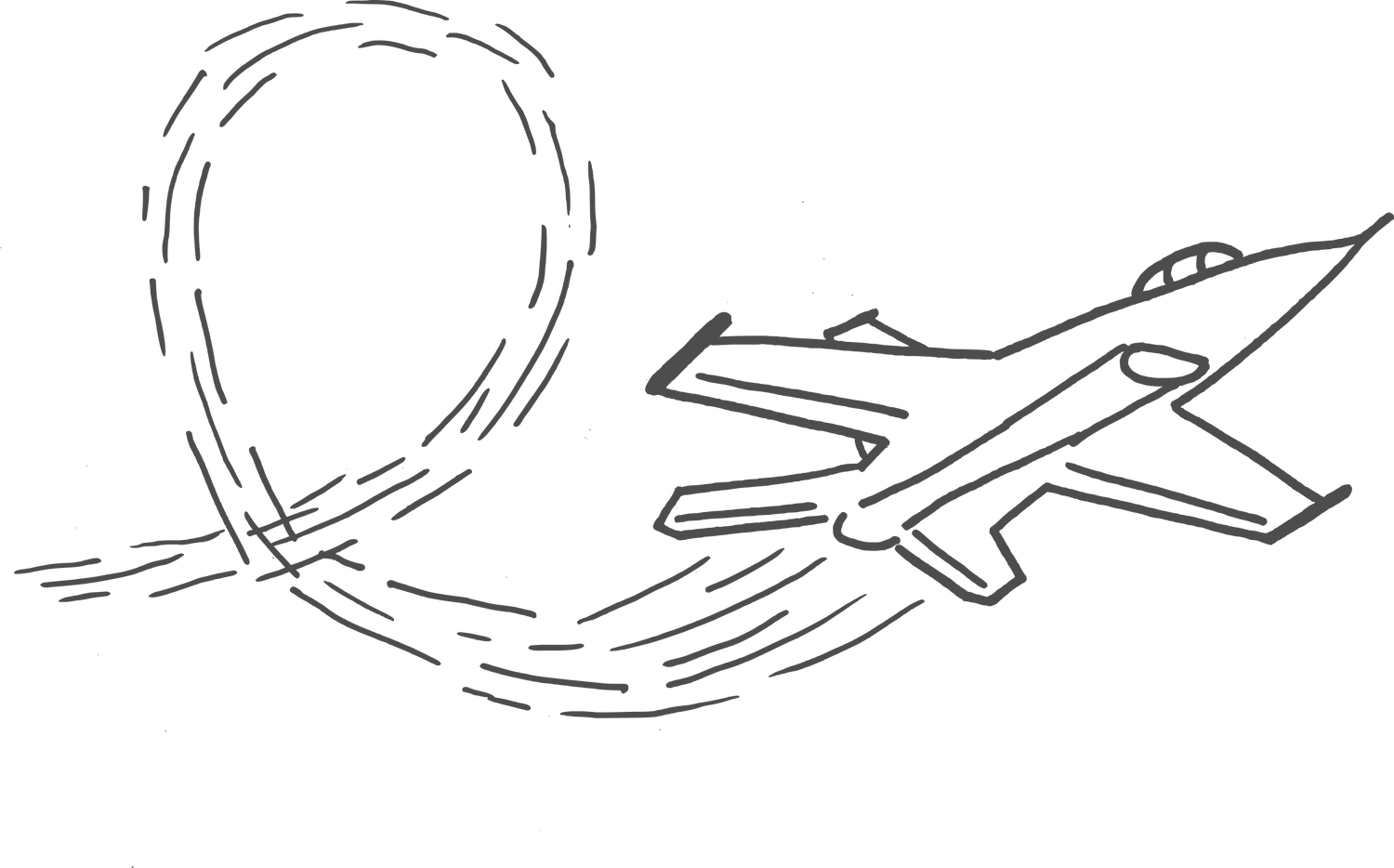
USAF Colonel John Boyd was a fighter pilot and theorist who developed a model of decisionmaking called the OODA loop.
Essentially, Colonel Boyd’s theory was that people are constantly looping through the same four steps as they interact with their environment:
- Observe—Sometimes also called the "notice" step, this is the point at which you become aware of something which might require your attention. For a fighter pilot, this might be a flash of light on the horizon. For everyday life, this might be something like hearing a crash come from the kitchen, or seeing an expression flicker across your partner’s face.
- Orient—This is the point at which you frame your observation, and decide how you will relate to it. Is this a problem to solve? A threat to avoid? Something unimportant that you can dismiss?
- Decide—Sometimes also called the "choose" step, this is the point at which you formulate a plan. What will you actually do, given the ongoing situation? How will you respond?
- Act—This is the point at which thinking pauses (until your next observation) and you move toward executing the plan you’ve already formed.
Sometimes, an OODA loop can be lightning fast, as when you catch motion out of the corner of your eye and duck before the baseball can hit you. Other times, it can be quite drawn out—think deciding which college to attend, or dealing with a persistent relationship problem.
Boyd’s key insight was that you could disrupt the decisionmaking of others, by preventing their OODA loops from resolving or completing. As both a fighter pilot and a teacher of fighter pilots, Boyd advocated doing things like spacing out confusing stimuli—present the enemy with one observation, and then, while they’re trying to orient, present them with another conflicting observation, so that they never quite make it to the decide and act steps, and remain confused and disoriented until you shoot them down.
At CFAR, we’ve found it useful to think deliberately about what step of the OODA loop you are on, given a specific bug or problem. Often, attempts to help a friend with their problem fall flat, because they’re in the wrong step—think any time that someone offered you solutions or advice too soon, before you were ready for it. A good question to ask yourself, before diving into a debugging or pair debugging session, is “am I trying to get more relevant observations, trying to orient on what I've already observed, trying to decide what to do, or trying to carry out a decision?”